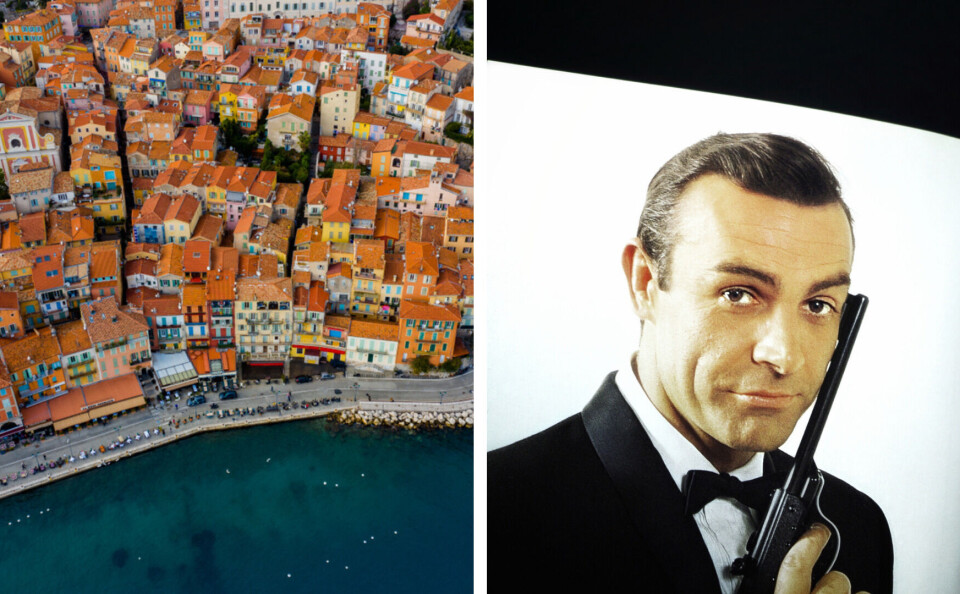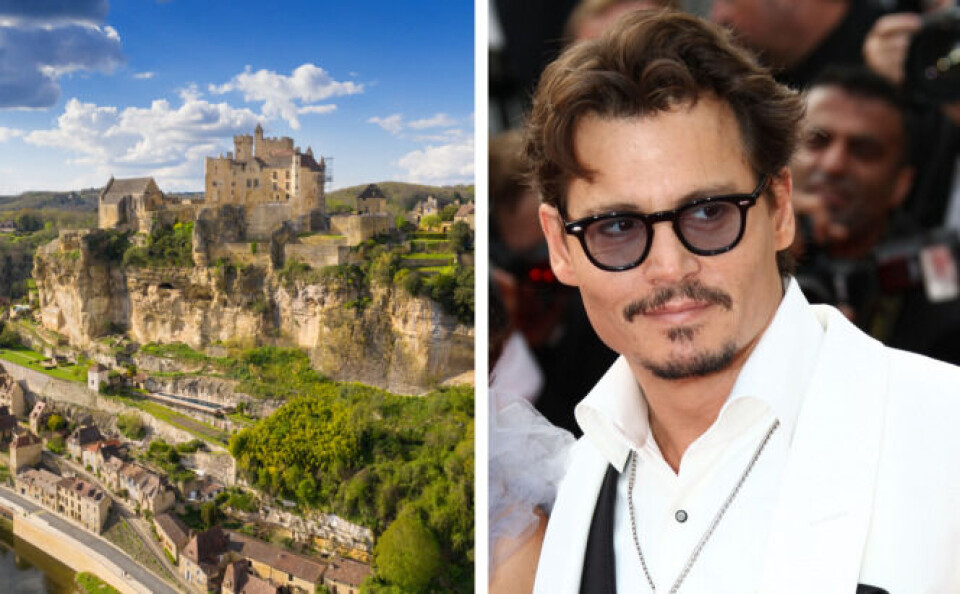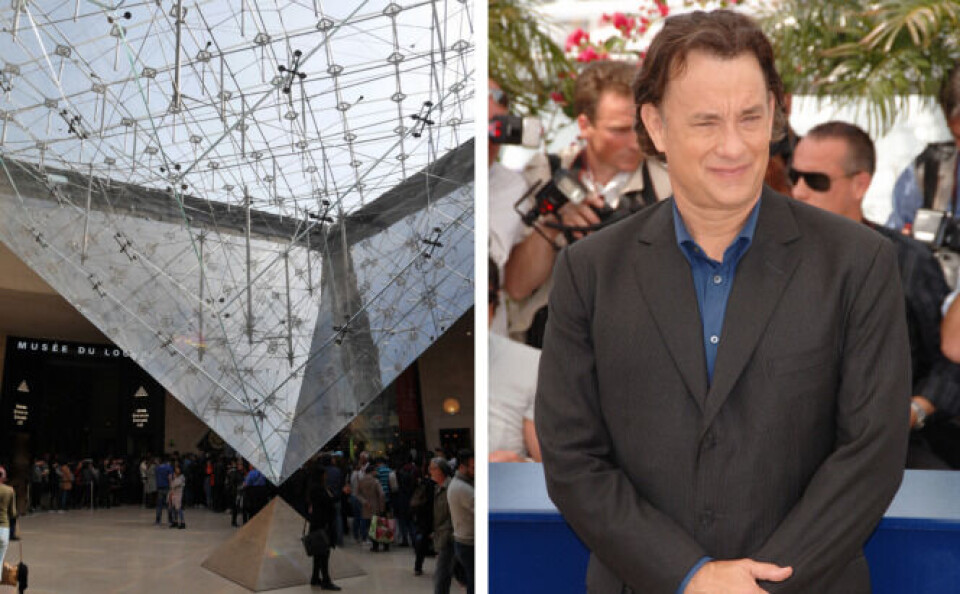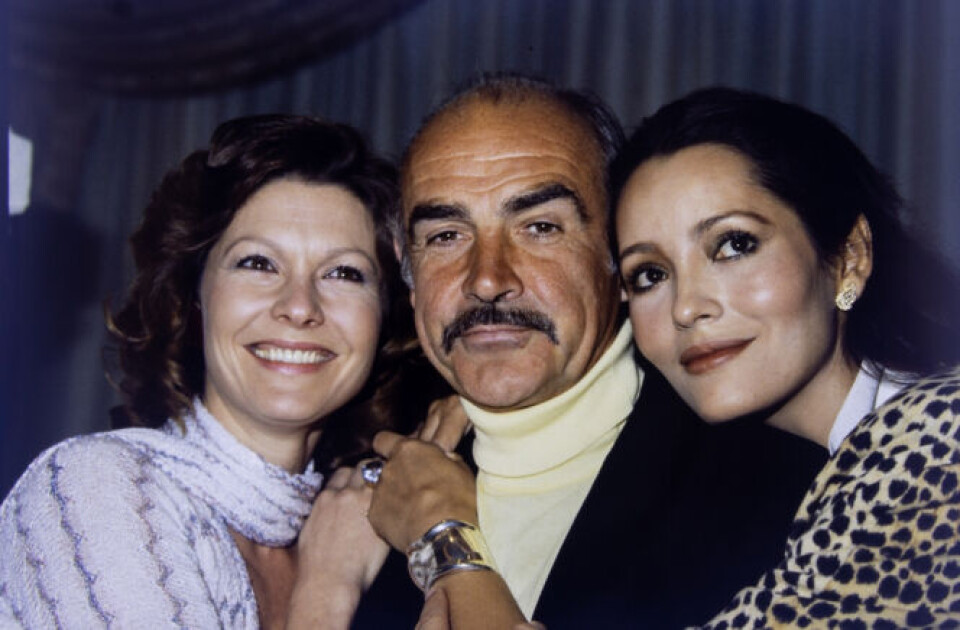-
A French film recommendation for spring
A Tale of Springtime directed by Eric Rohmer depicts a blooming, bittersweet romance
-
French films and TV shows to watch in March
The second season of a cult classic released at the end of February, joining critically-acclaimed French films on streaming services
-
Tom Cruise gets special thanks from prestigious French flying club
Actor receives ‘Grande Médaille’ joining ranks of astronauts and aviators
Seven films set in France (and only one is in Paris)
The birthplace of cinema provides a stunning and varied backdrop for all genres

France is considered the birthplace of cinema, where the Lumière brothers invented the first cinematographe camera in the late 19th Century.
It is unsurprising then that the country has provided the setting for many films, both in English and in French.
While Paris provides the backdrop to hundreds of films, other regions have had their red carpet moments too.
Here are seven films set in different areas around the country:
Marseille:Taxi (1998)
Taxi is actually a series of five French comedy films set primarily in Marseille.
The first film, released in 1998, follows the unlikely friendship between a taxi driver and a policeman who work together to bring down a notorious gang operating in France’s second largest city.
The film, starring Samy Naceri and Marion Cotillard, was originally meant to be shot in Paris, but Marseille proved to be cheaper.
The filmmakers also found that it was easier to get permits for the stunt scenes in Marseille.
The police station in the film is actually Marseille’s lycée Saint Charles in real life, however all the signs were covered for filming. It was shot when the school was closed during the summer.
The comedy, which was a tremendous hit in France, was nominated for eight César awards and won three.
Brittany: Portrait de la jeune fille en feu (Portrait of a Lady on Fire - 2019)
This breathtaking cinematography of this sweeping romance from director Céline Sciamma depicts the landscape of Brittany in all its splendour.
Set in the late 18th century, and starring Noémie Merlant and Adèle Haeneland, the film tells the story of a love affair between two women, an aristocrat and the artist brought in to paint her portrait.
Filming took place in Saint-Pierre-Quiberon, a commune in Brittany on the northern part of the Quiberon peninsula. Meanwhile, the chateau in the film is actually situated in La Chapelle-Gauthier in the Seine et Marne region.
It won a host of accolades including nine Césars and the Palme d’Or at the Cannes Film Festival.
Dordogne: Le Chocolat (Chocolat - 2001)

With an all-star cast including Johnny Depp, Judi Dench and Juliette Binoche, the film tells the story of a woman and her daughter who take over a former bakery to open a chocolate shop in a village steeped in tradition.
They are tasked with winning over the villagers, who are not happy to see their hometown change.
It was filmed in both Flavigny-Sur-Ozerain in Burgundy and Beynac-et-Cazenac in Dordogne, which was named as one of the most beautiful in France by L’Association des Plus Beaux Villages de France (Association of the most beautiful villages in France).
The film was released to international acclaim in 2001, receiving a nomination for ‘best picture’ at the Academy awards.
Paris: The Da Vinci Code (2006)
Set in Paris, The Da Vinci Code stars Tom Hanks with much of the action centring around the Louvre museum.
The film was granted special access to film in the museum at night, despite the authorities’ initial scepticism.

Based on the book by Dan Brown, its cult following continues to inspire thousands of tourists to visit the museum, where a body is found at the start of the film, setting off a treasure hunt.
The film was an international blockbuster, making $760 million at the box-office.
Provence: Swimming Pool (2003)
Filmed in a mixture of French and English, this film is perfect for language learners.
It follows the story of Sarah Morton, an English author struggling with writer’s block, who goes to stay at the holiday home of her publisher, in Luberon, to rediscover her inspiration.
However, she is soon joined by her publisher’s daughter who comes to the villa unexpectedly. The two women with opposite personalities cohabit and begin to understand what they can learn from each other.
The film showcases the villa, situated in Ménerbes, along with the beautiful hilltop views and cobbled streets of the area, which is familiar to many British expats.
In fact, the villa where they shot the film is only two minutes away from the home of British filmmaker Ridley Scott.
Read also: Six classic French films to improve your language skills
Provence: Jean de Florette (1986)
Set during the 1920s, the film follows a young man returning to Provence following his military service. Along with his uncle, they set about scheming how to make money. However, their hunchbacked landlord and his family stand in the way.
The film, which is today considered a great classic of French cinema, was an international success, and propelled its three stars to international fame: Daniel Auteuil, Gérard Depardieu and Yves Montand.
It was filmed in Sud Luberon, Vaugines, Mirabeau, Ansouis and the surrounding countryside, as was its sequel, Manon des Sources.
The film won seven César awards.
Côte d'Azur: Never Say Never Again (1983)
Filmed on the French Riviera over two months, Never Say Never Again is Sean Connery’s last appearance as James Bond.
Bond aficionados can visit the villa of Bond’s nemesis Largo, which is actually Fort Carré in Antibes.
The film also features the winding streets of Villefranche-Sur-Mer, just outside Nice, as well as the port where Largo moored his luxury yacht.
It was not the last Bond film to shoot on the Riviera.

GoldenEye (1995) again took Bond to the Riviera, with scenes filmed in the Monte Carlo casino and a high-speed chase down the winding roads between Eze and Monaco.
Even the French government got involved with GoldenEye - after the French Navy gave the production team free use of the Navy ship La Fayette and the brand new Eurocopter Tiger, the government let them use Navy logos in promotional content for the film.
However, tensions quickly arose between the production team and the French Ministry of Defence after Pierce Brosnan's public opposition to nuclear weapons and his involvement with Greenpeace led to the French premiere being cancelled.
Related articles
Six films and series for November to help your language skills
Why do films in France always open on a Wednesday?
























